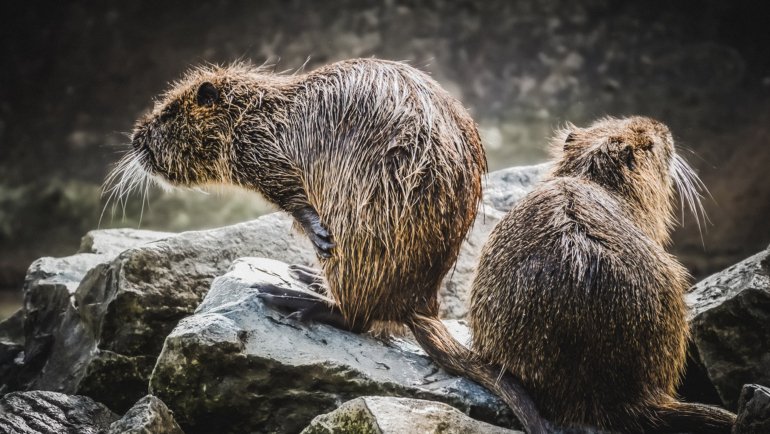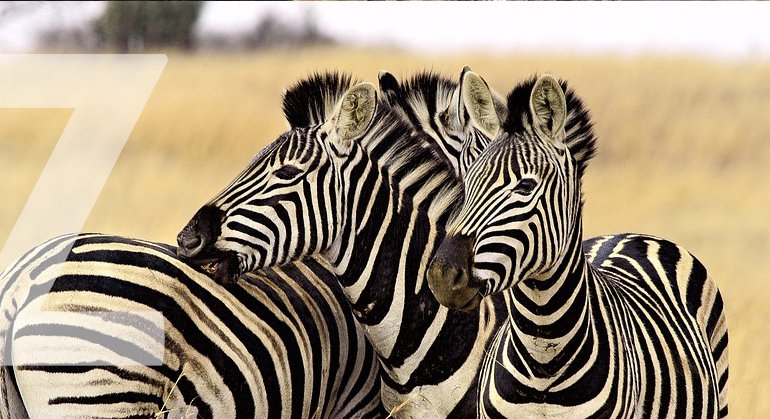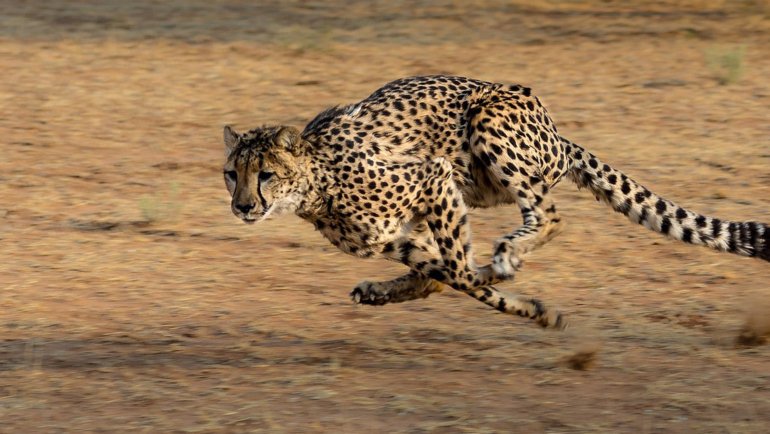The addax (Addax nasomaculatus) is an extremely rare and elusive desert-dwelling antelope. While their rarity alone would make them fascinating, their striking spiral horns and remarkable adaptations to life in the unforgiving Sahara definitely contribute to making them really interesting animals.
In this article, you will get to learn more about the addax, first through essential information about this extraordinary animal before getting to a whole list of surprising, little-known facts that I am sure you will find amazing.
Ready? Let’s go!
Contents
show
Essential Information About The Addax
- Scientific name: Addax nasomaculatus
- Type of Animal: Mammal
- Size: Around 110 cm (3.6 ft) shoulder height. The horns are 55-85 cm (22-33 in) long.
- Weight: 60-90 kg (130-200 lbs) for the females, 100-125 kg (220-276 lbs) for the males.
- Distribution: Sahara Desert, in Africa
- Habitat: Arid and semi-arid regions – Sandy desert, stony desert
- Diet: Grasses, shrub leaves, succulents, seeds
- Predators: Lions, leopards, cheetahs, wild dogs, hyenas.
- Reproduction: Females give birth to one calf per year, usually in spring.
- Conservation status: Critically Endangered. Population is decreasing.
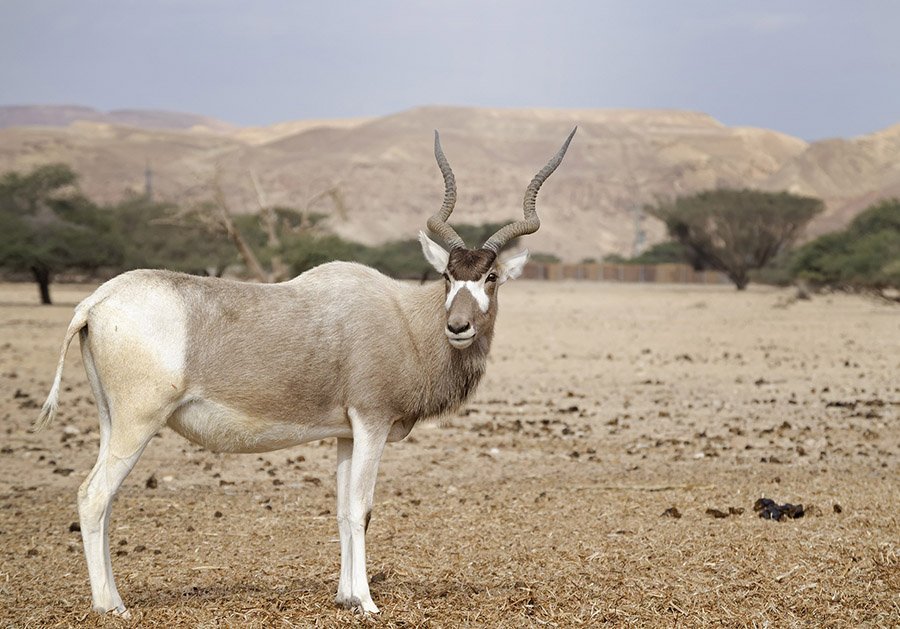
24 Little-Known Facts About The Addax
- The addax is an antelope that has specifically adapted to life in the harsh Sahara Desert, which spans across North Africa. It has evolved unique characteristics that allow it to survive in this extremely arid and sandy environment, such as long, twisted horns for thermoregulation and wide, splayed hooves to walk on soft sand. These adaptations include its ability to conserve water, tolerate extreme temperatures, and efficiently find food in a sparse landscape.
- The addax is the sole member of the genus Addax, making it a unique and distinct species within the antelope family. This exclusivity highlights the importance of conserving this critically endangered species for maintaining biodiversity.
- The addax’s coat changes color seasonally to help it blend in with its surroundings and protect it from predators. Addax are also known as “white antelopes” because their coat turns pale during the hot Sahara summer to reflect sunlight. In contrast, its coat is typically sandy or grayish-brown during winter.
- French zoologist Henri de Blainville first described the addax scientifically in 1816. He was the one who officially classified it and provided a foundation for further research on this fascinating species.
- Both male and female addax have long, spiraled, twisted horns that serve multiple purposes. The horns help with thermoregulation by dissipating heat, and they also serve as a defense mechanism against predators.
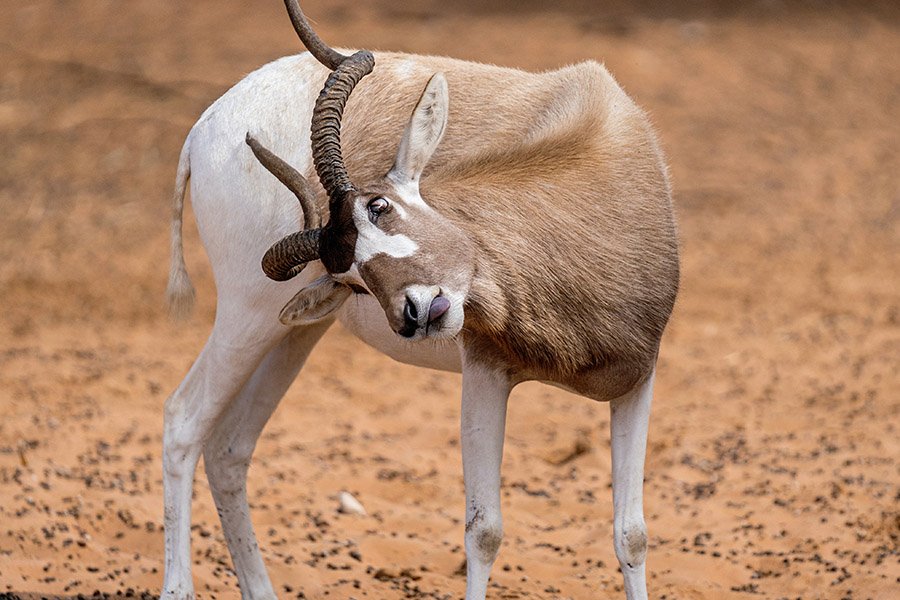
- Female addax horns typically measure 55 to 80 cm (22 to 31 inches) in length, while male horns are longer, measuring 70 to 85 cm (28 to 33 inches). The longer horns in males may be a result of sexual selection, as they can use them to compete with other males for access to females during mating season.
- Addax have widely splayed hooves that are adapted for traversing the loose sand of the Sahara Desert. This adaptation allows them to move efficiently and conserve energy in their harsh environment.
- The addax has squarish teeth like a cow, which help it efficiently grind and process the sparse vegetation it consumes in the desert environment. These teeth are specialized for breaking down fibrous plant material, making it easier for the addax to extract essential nutrients.
- Unlike other antelopes, addax do not have facial glands. The absence of these glands may be an adaptation to their desert environment, where conserving water is vital for survival.
- Addax have scent glands in their feet. These glands produce a substance that is used for marking territory and communicating with other members of their species, helping them maintain social bonds and avoid conflict over resources.
- Addax can survive long periods without drinking water, thanks to their ability to obtain most of their hydration from the plants they eat. This remarkable adaptation is essential for survival in the arid Sahara Desert, where water sources are scarce and unpredictable. Their kidneys are also extremely efficient and play a role in minimizing water loss through urine, further helping them conserve water.

- These social creatures typically live in groups (herds) of 5 to 20 individuals, often led by a single dominant male. Living in groups provides them with protection from predators, as there are more eyes and ears to detect threats. Social bonds within the group are strengthened through grooming, scent marking, and other forms of communication.
- With a gestation period of around 257 to 264 days, female addax usually give birth to a single calf. Calves are often born during the cooler months when food and water are more abundant, increasing their chances of survival. After birth, the mother and calf form a strong bond, with the mother providing protection and nourishment until the calf is weaned.
- Addax are nomadic and constantly move in search of food and water, which is a rare behavior among antelopes. This nomadic lifestyle helps them survive in the harsh desert environment, where resources are scarce and unevenly distributed. Their ability to efficiently locate food and water sources is key to their survival.
- Addax are crepuscular, meaning they are most active during dawn and dusk to avoid the intense desert heat. This behavioral adaptation allows them to conserve energy and water, as well as avoid potential predators that may be more active during the day or night.
- Their diet primarily consists of desert plants, including grasses, shrubs, and leaves. This herbivorous diet provides them with essential nutrients and water, allowing them to survive in their arid habitat. Their specialized teeth are designed to grind fibrous plant material, maximizing nutrient extraction.
- Addax are known to dig shallow depressions in the sand to rest and keep cool during the hottest parts of the day. These depressions provide some insulation from the scorching desert sun, helping them maintain a stable body temperature and conserve water by minimizing evaporation. They also protect these antelopes from sandstorms.
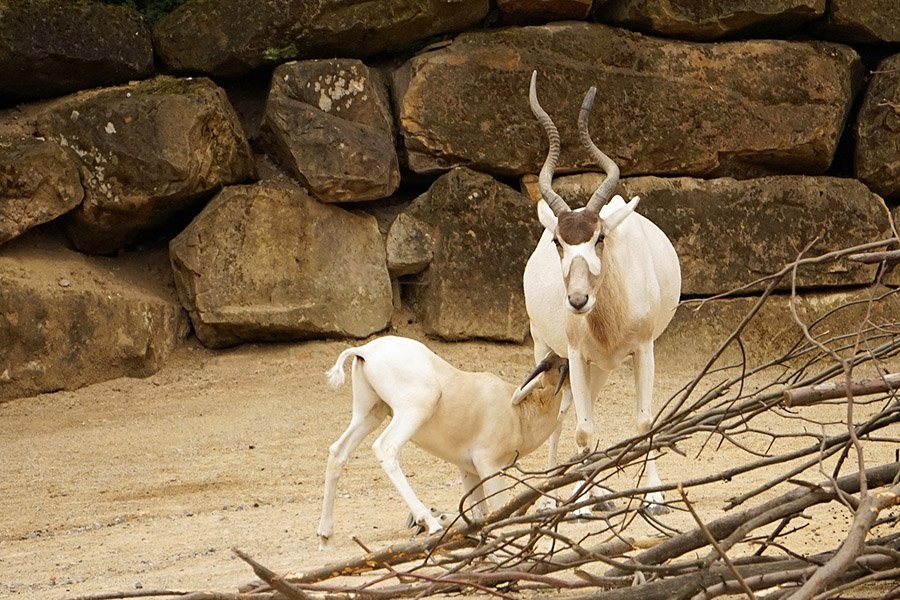
- Addax have a great sense of smell, which is crucial in helping them locate food and water sources in the desert. As a matter of fact, they can detect the smell of rain from up to 100 km (62 miles) away! This acute sense of smell also allows them to detect the presence of predators and other potential dangers in their harsh environment, increasing their chances of survival.
- Communication among addax involves various vocalizations, such as grunts, snorts, and alarm calls. These vocalizations help maintain social bonds within the group and warn other members of potential threats. Non-vocal communication, such as body posture and scent marking, also plays a significant role in their social interactions.
- Addax have a highly developed sense of hearing, which is essential for detecting predators and other threats in their harsh environment. Their keen hearing enables them to react quickly to potential dangers, increasing their chances of survival. This heightened sense of hearing also plays a role in communication among group members and in locating food and water sources.
- The addax is considered critically endangered, facing an extremely high risk of extinction in the wild due to habitat loss, poaching, and other threats. There are fewer than 100 individuals remaining in the wild. The addax may be the third large African mammal species to go extinct in the wild in recent times, following the West African black rhino and the northern white rhino. This highlights the urgent need for conservation efforts to protect the remaining addax populations and preserve the unique biodiversity they represent.
- Poaching from motorized vehicles has been a significant factor in the near extermination of the addax in the wild during the last quarter of the 20th century. The accessibility and speed provided by these vehicles have made it easier for poachers to target and kill these animals, contributing to their decline.
- In the past, addax roamed across the entire Sahara Desert. Since the 19th century, the addax has lost approximately 99% of its former range. This drastic loss of habitat is primarily due to human encroachment, climate change, and desertification, which have resulted in a significant decrease in the available resources and space needed for addax populations to survive.
- Despite being critically endangered in the wild, addax have a relatively stable captive population in zoos and private reserves. These captive populations contribute to conservation efforts and education, raising awareness about the plight of this unique species. Breeding programs in captivity also help maintain genetic diversity and may eventually support reintroduction efforts to restore wild populations.
